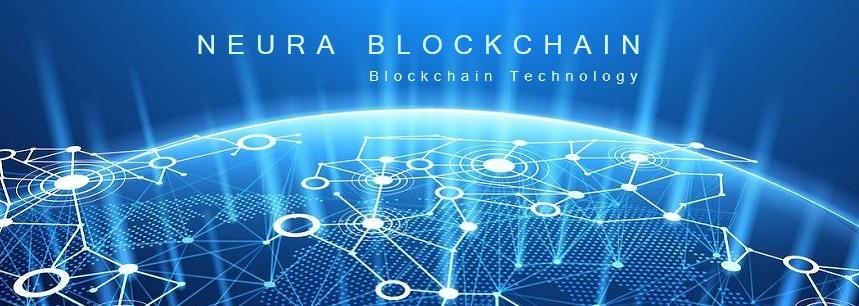1) Understand the fundamentals of the assets that will be executed with traders. A crude analogy would be that of a stock trader who does not know what a company's stock is or what it represents.
2) Familiarize themselves with the elements of a blockchain that they will use, such as sending and receiving cryptocurrencies, sharing their public key, safeguarding their private key, etc.
3) Understand how this new asset class works, identify the elements from which its value could be derived and create your own opinion of the future of this industry. Here is a definition that is simple to understand and encompasses the main characteristics of this technology. Simplistically, blockchain can be defined as:
A record of transactions grouped into blocks, which are secured by cryptography and is usually distributed.
If this definition seems a bit complicated to you, you could also understand it as follows:
Blockchain is like a giant Excel, or a giant notebook, that everyone has, where everyone can write, that is always updated, but that no one can modify what is already written.
Let us now look at each of the elements of the definition separately and in a very simplified way to better understand each other. It is a record of transactions since all the movements that occur at all times and all over the world are written there. If Alice sends money (or in this case cryptocurrencies) to Bruno, this act is recorded. If Bruno then sends it to Carlos, this is also recorded. Everything is always recorded. After a certain time, 10 minutes in the case of Bitcoin, all valid transactions are grouped into a block that, once created, can never be modified. Every 10 minutes on average a new block is created, which refers to the previous block, forming a chain.
What are Cryptocurrencies?
Just like the answer to what is blockchain, knowing the answer to what are cryptocurrencies is not going to make you a better trader, but it is preferable that you know it. Knowing what they are will help you understand how to send, receive, store, and safeguard your assets. Without further ado, here is one of the many definitions that cryptocurrencies can have:
Cryptocurrencies are a digital medium of exchange that uses cryptography to secure transactions.
This is an even broader definition than the one we saw previously for blockchain and this may be due to the fact that its development started only a few years ago. The first and best known cryptocurrency is Bitcoin, which was proposed in 2008 and launched in 2009. Little by little new cryptocurrencies were created until reaching the more than 2,000 that exist today.
Cryptocurrencies are so new that even different central banks and international organizations such as the BIS, the IMF and the World Bank are still debating whether cryptocurrencies are really currencies, assets, commodities, securities... or perhaps a new asset class.







